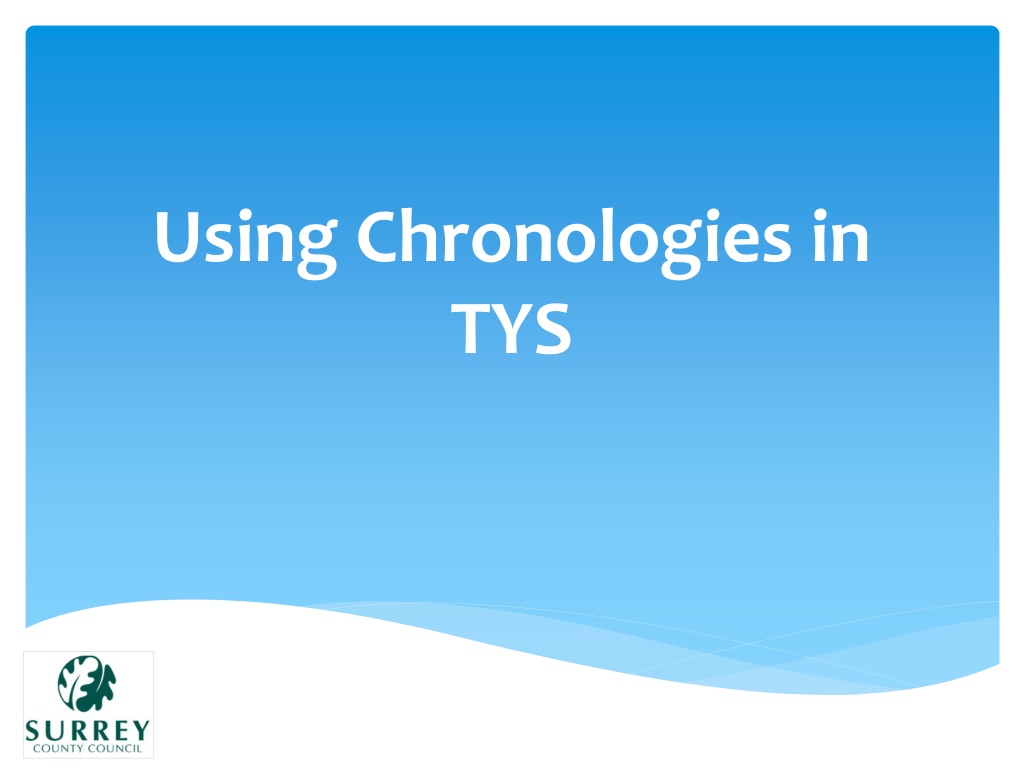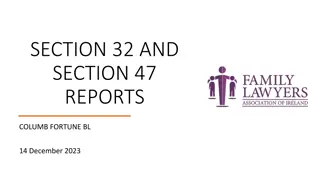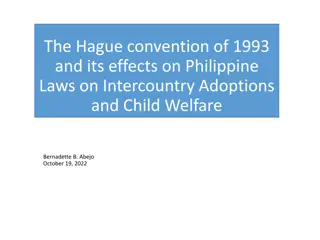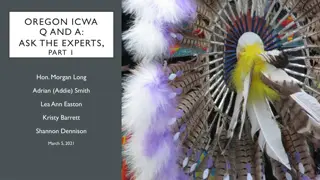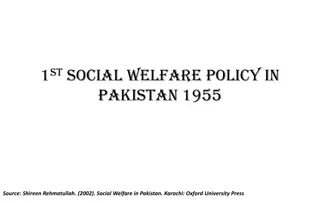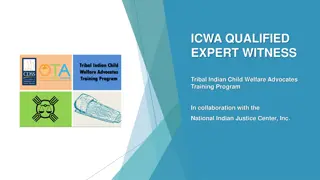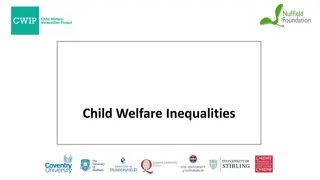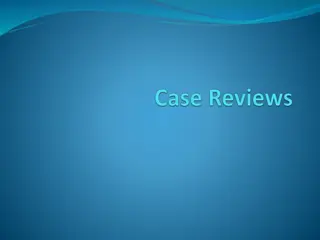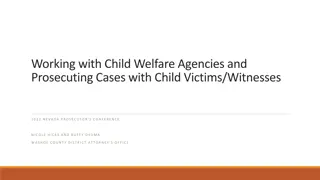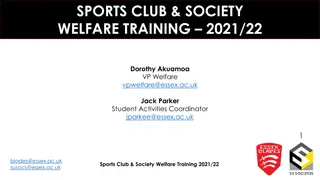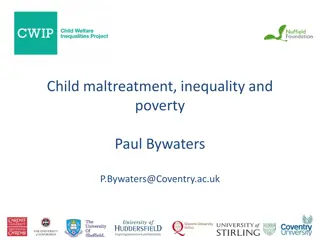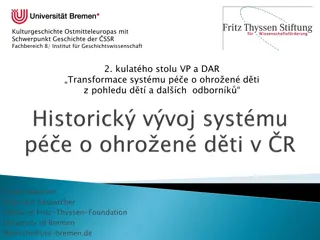The Importance of Chronologies in Child Welfare
Chronologies play a vital role in child welfare by providing a concise timeline of significant events in a child's life, aiding in risk identification, pattern recognition, and understanding historical impacts. They help place children at the center of decision-making, promote engagement with families, and inform assessment, planning, and review processes. A good chronology can draw attention to important details, assist in storytelling for assessments and action planning, and ultimately support the well-being of children, young people, and families.
Download Presentation

Please find below an Image/Link to download the presentation.
The content on the website is provided AS IS for your information and personal use only. It may not be sold, licensed, or shared on other websites without obtaining consent from the author.If you encounter any issues during the download, it is possible that the publisher has removed the file from their server.
You are allowed to download the files provided on this website for personal or commercial use, subject to the condition that they are used lawfully. All files are the property of their respective owners.
The content on the website is provided AS IS for your information and personal use only. It may not be sold, licensed, or shared on other websites without obtaining consent from the author.
E N D
Presentation Transcript
What is a Chronology 1 A list, in date order, of all the significant events and changes in a child or young person's life drawing upon the knowledge and information held by agencies involved with the child and family. Recorded as brief headlines to provide an immediate, visual overview of the journey of the child and their significant events. It does not need to be long but needs to include those key significant events. A chronology is not: the detailed case recording; a diary/ list of dates; an assessment; an end in itself.
Chronologies and Serious case Reviews A theme identified from serious case review highlighted that Adolescent vulnerability: all practitioners need to be aware of history including family functioning and the potential impact of Adverse Childhood Experiences (ACEs) and trauma SSCP March 2021. Chronologies are a Tool to enable practitioners to understand a child s journey, experiences, functioning and the impact of this to best inform assessment, plans and interventions.
Why is the purpose of a chronology? Done effectively it helps to place children at the centre of everything we do. An effective chronology can help identify risks, patterns, issues in a child s life. It can help in getting a better understanding of the immediate or cumulative impact of events. It helps to make links between the past and the present, helping to understand the importance of historic information upon what is happening in a child s life now. Good chronologies enable new workers to become familiar with the case. Importantly a good case chronology can, at a later stage, help children, young people and families make sense of their past.
Why is the purpose of a chronology? A good chronology can draw attention to seemingly unrelated events or information. Using chronologies in practice can promote better engagement from children and families. Accurate chronologies can assist the process of assessment, planning and review. When carried out consistently across agencies good chronologies can improve the sharing and understanding of the impact of information about a child s life.
What is a Significant Event Professional particular circumstances or events are significant for a particular child and family. judgement is required to decide whether It should help tell the story of the child assessment, analysis and action planning. If you think something will form a part of your assessment, analysis or action plan then it needs to be included in the chronology. and support our
Significant Events Examples Previous history of involvement/ receipt of services from an agency. Incidence where a child is considered to have suffered harm/ or is at risk of harm (current or historic). Child absconded/ gone missing. Any incidents of exploitation Any episodes of self harm (Where this is ongoing include significant escalation). Any significant parental factors (domestic abuse; substance misuse; mental ill health) that may have an impact on the child.
Significant Events Examples Any significant parental factors (domestic abuse; substance misuse; mental ill health) that may have an impact on the child. Any other events and changes in the circumstances of the child and family deemed to be significant, or potentially significant, for the child. Education training and employment history (including changes in school/ absences/ exclusions etc). Changes in family structure, people living in child s home, excessive visitors. Any history of offences.
Recording on EHM If there is an existing chronology on LCS; reference this in the first entry of your EHM and use the case summary to identify key significant events identified in the LCS Chronology When recording case notes if it is a significant event mark it as such on the case note. This will then pull through to the history. You can use the filter tool in history to sort by significant events which can then be added to your chronology
